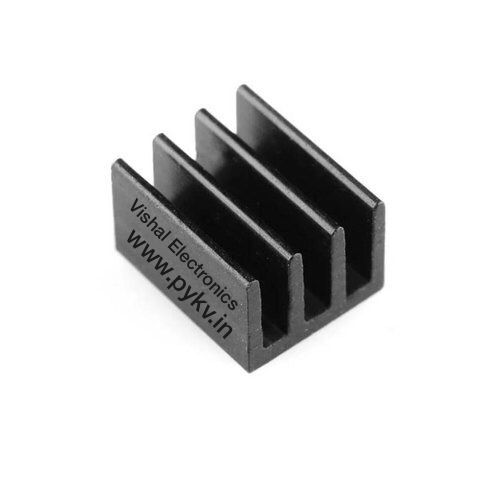
Heat sinks move the heat away from the critically heated component. They act as buffers or heat exchangers. There are various sources of heat like the Mechanical, Electrical, Chemical, Nuclear, Solar and Friction.
Heat sinks play an important role in electronic and mechanical devices. They act as passive heat exchangers, transferring heat from hot components to a fluid medium (usually air).
There are different types of heat sinks.
like we have 2 types of heat sink materials
- Copper
- Aluminium
2 types of heat sinks in terms of applications
- Active heat sink
- Passive heat sink
Heat sink can be anodized. Further giving it more durability. As a result of benefits.
What benefits does anodization offer? Let’s first talk about how anodization works and then the benefits it offers.
Anodization and its benefits
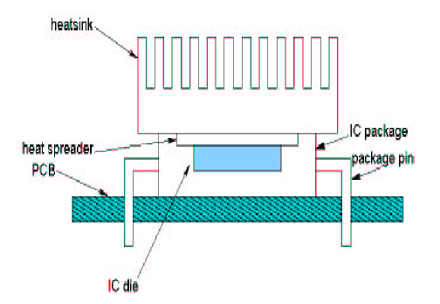
Anodization is a electro chemical process. It thickens the naturally-occurring oxide layer on the surface of the metal that protects it from corrosion.
There are a number of general benefits to anodizing aluminum extrusions. Some of the key benefits of anodized heat sinks are like:
- Improved Corrosion Resistance
- Improved Wear Resistance
- Increased Electrical Isolation
- Improved Surface Emissivity
Another benefit to anodizing aluminum extrusions is the ability to add colored dyes.
The porous oxide layer can be filled with dye that gets locked in and is resistant to fading.
Anodized heat sinks can be dyed in colors like blue, green, black, and so on. It is important to note, however, that the only real impact of color is a visual one. Regardless of the color, heat transfer will not be affected.
The main benefit of these dyes is their visual appeal.
It’s also important to note that you should never paint or powder coat heat sinks. These coatings will act as an insulator. They will negatively impact heat transfer.
Active heat sink
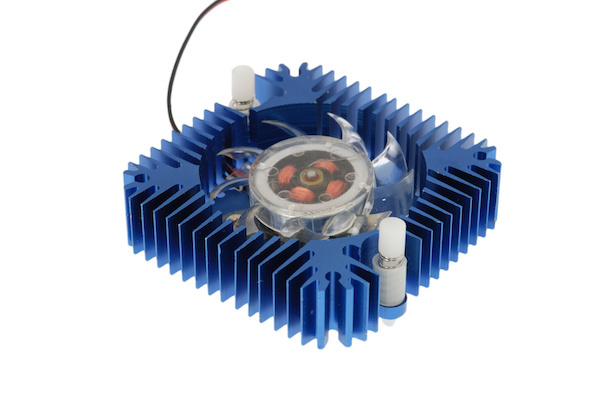
These heat sinks cool down by force. Active heat sinks use a fan or blower to cool down the heat generated. Thus, transferring the heat to the lower temperature medium.
•Chips today are typically packaged with the die placed against a spreader plate.
•The spread place is placed against a heat sink of aluminum or copper.
•This configuration is thus called as a HotSpot.
•Further, A typical example is shown in Figure.
•Low-power/low-cost chips often omit the heat spreader and sometimes even the heat sink. Thus, causing damage to device.
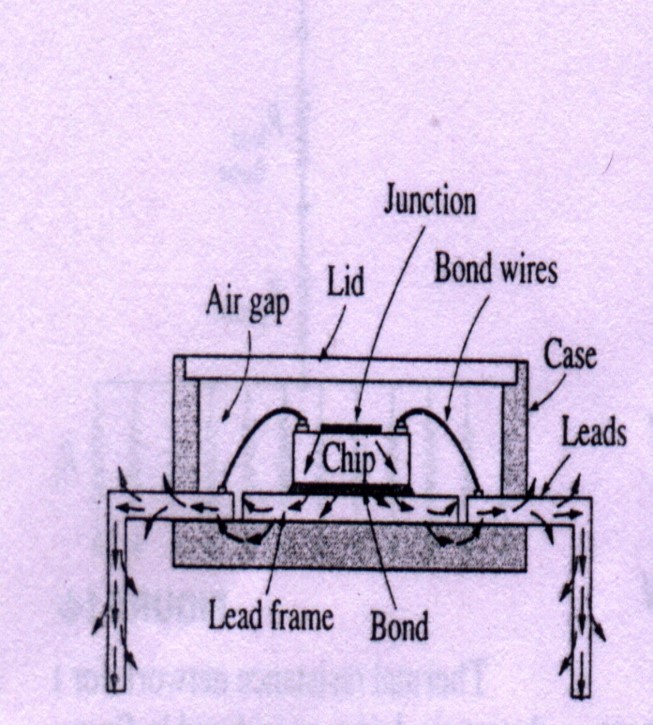
•As a result , The Heat generated at the junction spreads throughout the chip.
• Further, It is conducted across the thickness of the chip.
•The spread of heat from the junction to the body is Three dimensional in nature.
•One dimensional factor is thus approximated to a Shape factor ‘S’.
•If Characteristic dimension of heat dissipation is d

Thermal sensors can help us diagnose the heat generated in the component.
Passive heat sink
Passive heat sinks dont use power to transfer heat. They transfer heat by natural convection . However, since they dont use power they are not that capable of transferring heat like active heat sink.
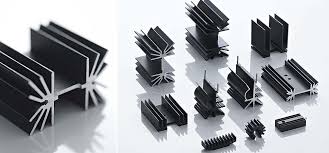
Some of the commonly used heat sinks are like,

